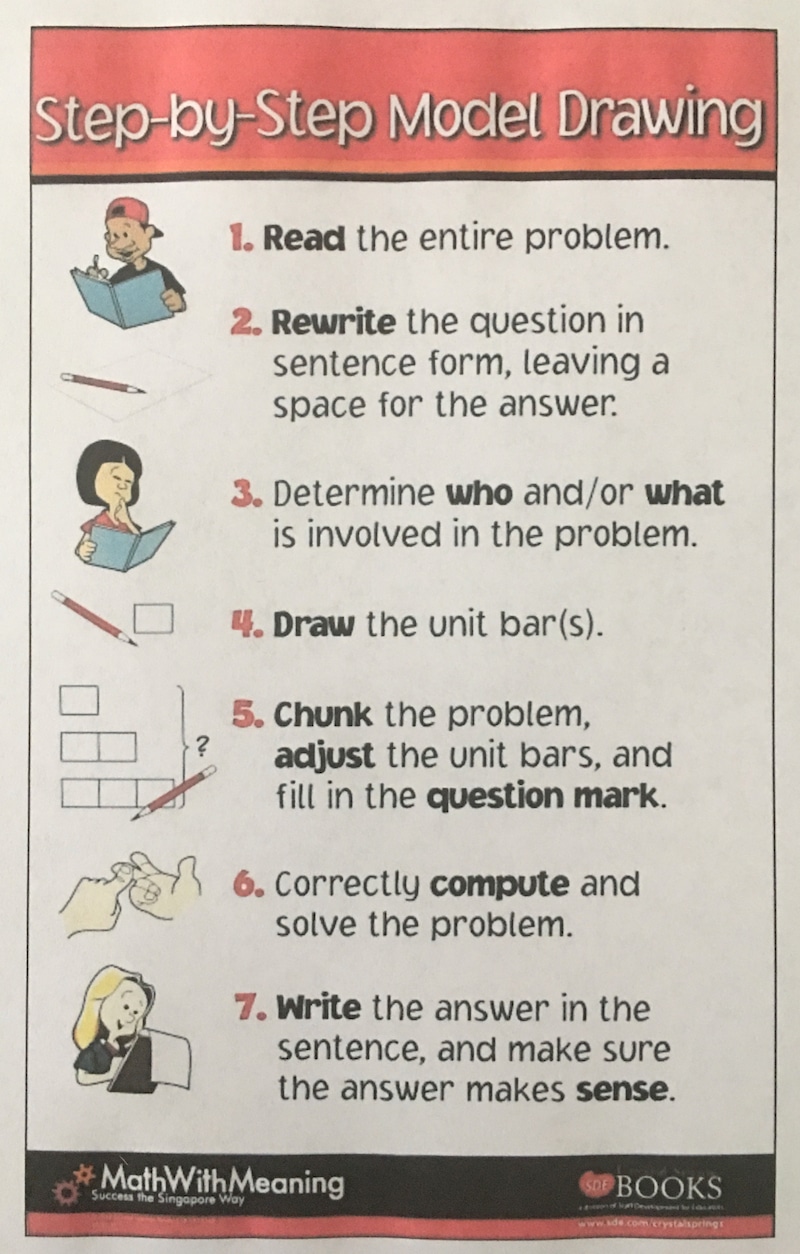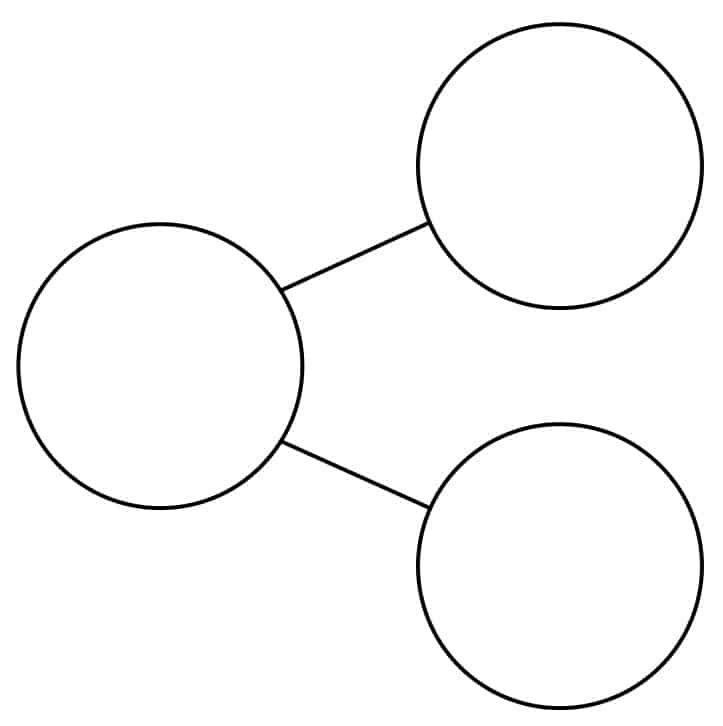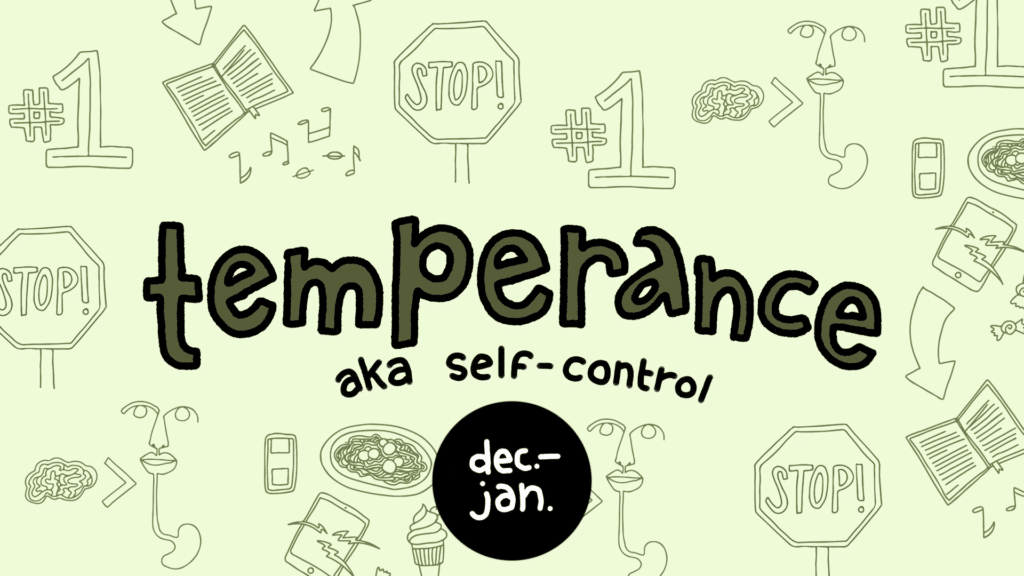
{photo by Cheryl McCabe}
We are back this week with another resource to help you prepare for our Singapore Math training on December 8th, and to offer some tips to help enrich your math time at home. This week we have some insight to offer about levels 3 and 4. This was originally written by Lisa Ann Dillon, our Singapore Math Lead. Input was given from our Intermediate math teachers, Lisa Wallace and Ronelle Stowell. Thank you, teachers!
Level 3
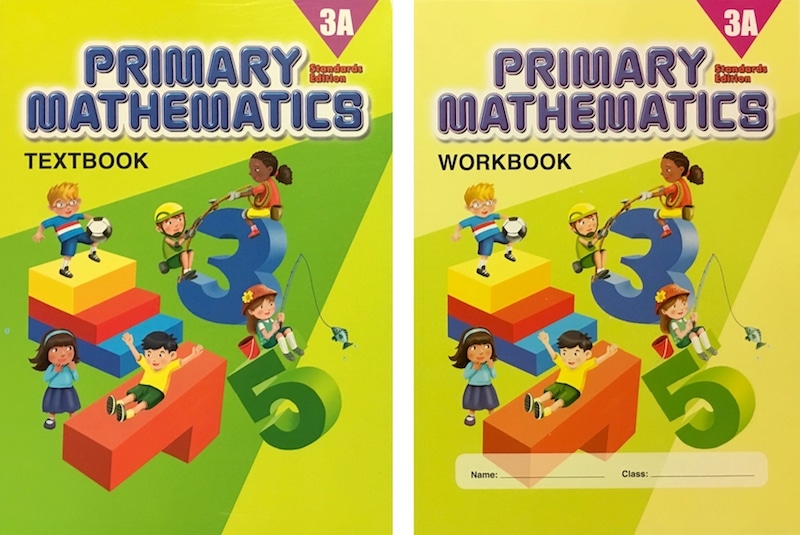 In Level 3 students begin to synthesize all of the foundational skills learned in Level 2. If there are some skills that are not solid from Level 2, students should still find time to practice those skills as they move through the Level 3 lessons. Below are some review activities that serve that purpose.
In Level 3 students begin to synthesize all of the foundational skills learned in Level 2. If there are some skills that are not solid from Level 2, students should still find time to practice those skills as they move through the Level 3 lessons. Below are some review activities that serve that purpose.
If your child doesn’t have her/his addition and subtraction math facts memorized, it’s not too late and this skill should be given focus every day! The multiplication facts up to 5 must be mastered as well. Set a goal with your child towards memorization and create a fun experience or special time with mom or dad as an incentive to help your child find the motivation to study.
The emphasis at Level 3 is part, part, whole thinking. Here’s an excellent example of a visual chart to help explain part, part, whole:
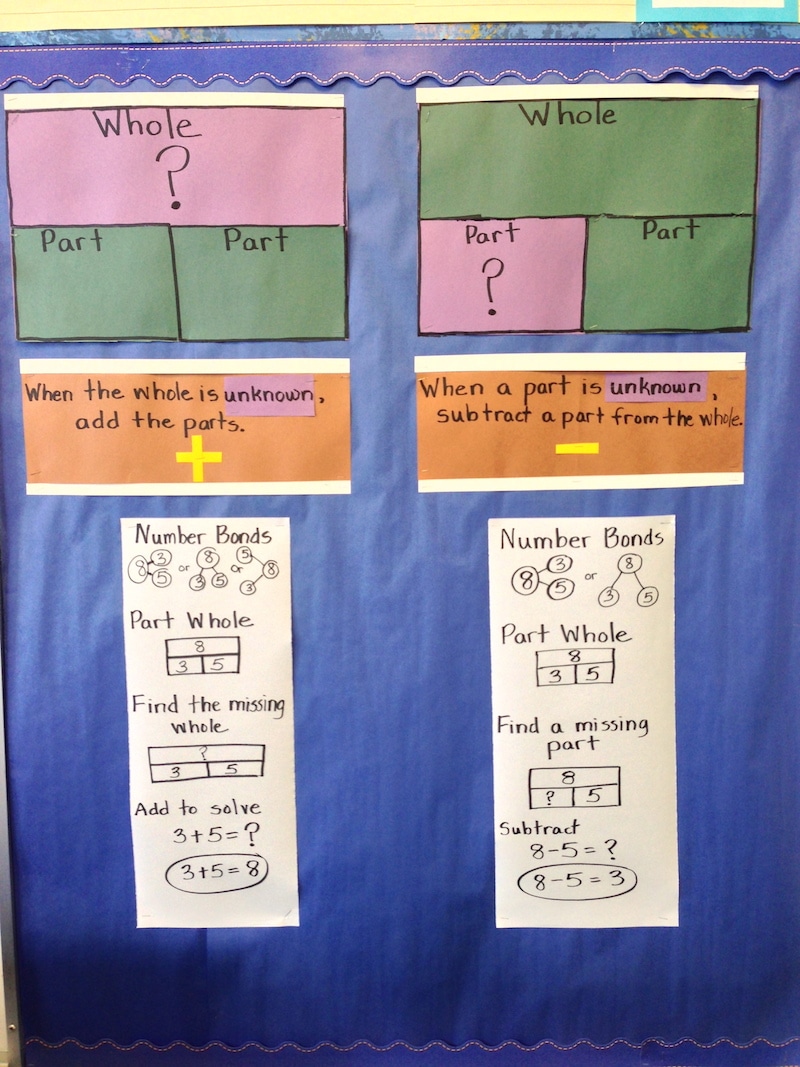
This concept is carried all throughout the many strands explored at Level 3. Mastering this understanding helps students with the wide variety of word problems.
A word about word problems! Students are learning a very specific procedure called Model Drawing to assist in the solving of word problems. The steps are as follows:
2. Write an answer statement.
3. Identify the “who” and the “what.”
4. Draw unit bar or bars.
5. Chunk the problem – check off steps, adjust unit bars, fill in ?.
6. Solve.
7. Write answer in sentence.
Students are slowly learning all the steps but at this point they are in a transitional stage. The Level 3 teacher is focusing on the part, part, whole model. We want students to learn this procedure well so that as the problems increase in difficulty, they will have the process down and can focus on applying all of the strategies learned thus far to problems with increasing difficulty.
Memorize Those Facts!
Addition/Subtraction
When students struggle to get a fact memorized, you need to take it back to the concrete stage.
-
Build the fact with manipulatives – try Legos, unifix cubes, small plastic animals etc.
-
Write the number bond using the circles (click on image below for pdf).
-
Fill the numbers into the part whole box (click on image below for pdf).
-
Write the fact all 4 ways (2 addition, 2 subtraction).
-
Post the fact in the home school room, child’s room, at the dinner table, on the bathroom mirror, in the shower, etc.
-
Check in periodically to see if the fact is memorized – before offering a snack, while taking a bath, while playing ball. You get the picture!
Blank number bond |
Blank part whole box |
Multiplication/Division
Start at the Concrete stage here as well!
-
Build an array (see photo on the right).
-
Draw an array using “X”s or make an array with stickers!
-
Fill in the number bond with multiplication fact or fill in the part, part, whole box.
-
Write the fact all four ways.
-
Say all four facts many times in a row.
-
Check the fact throughout the day – Get it memorized!
Important: For students who don't quite have all of their facts memorized, leaning on the facts they have down solidly can help. For example, multiplying by seven can be tricky but most kids can multiply by five and two. So if they are given the fact 6 X 7 to solve, they can think of it as (6X2) + (6X5). Actually, even if kids have their facts memorized, working in this way can further cement number sense, the deep understanding of how numbers work together. If fours are tricky, just multiply by two and double. The same can be said for eights – just multiply by 2, double and double again. Or if kids have their fours down, multiply by 4 and then double. Giving kids multiple strategies helps lay a pathway in the brain and eventually, children think up their own way. Learning their facts in this way empowers kids too; they see they have a way to approach the numbers that is easily accessible. Of course ideally, even this step could first be modeled with unifix cubes or place value discs. We remember what we can touch and hold so much better!
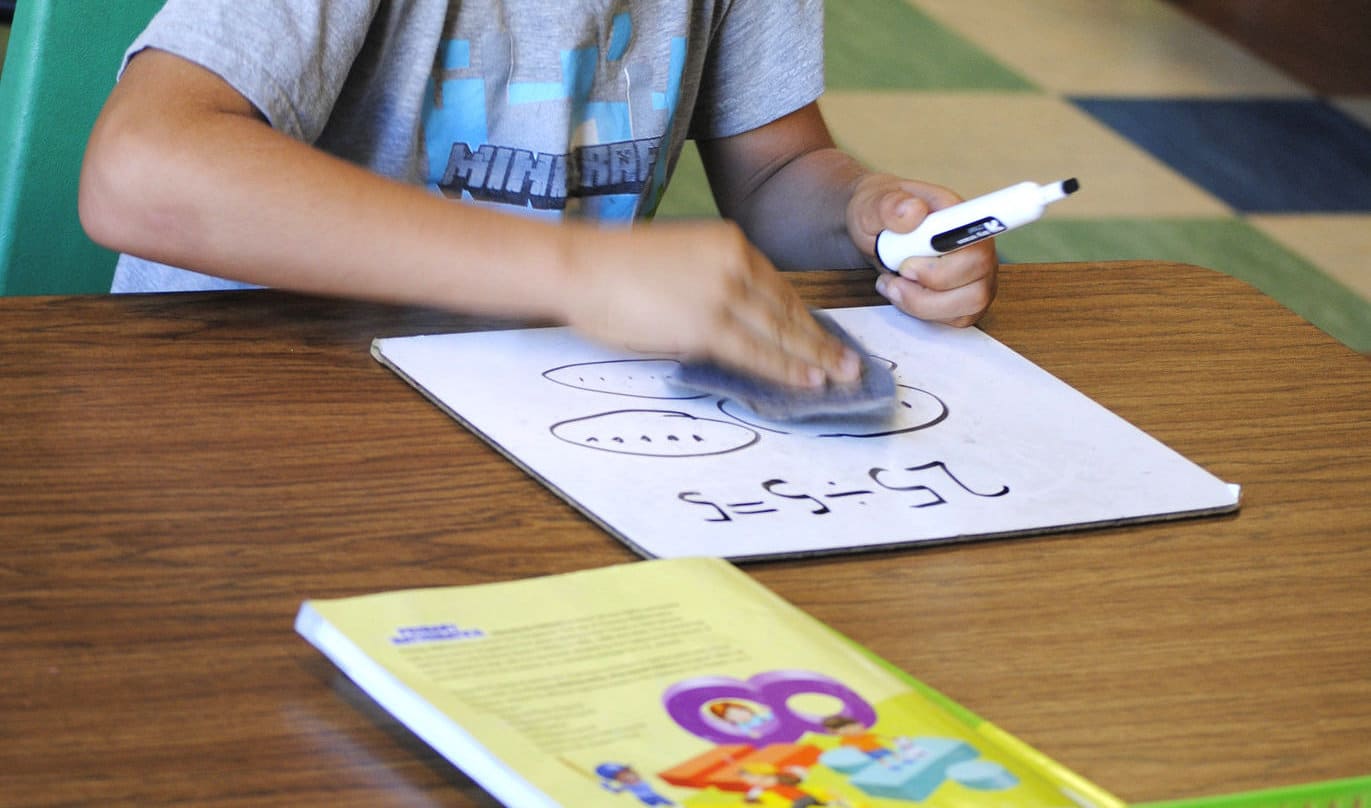
{photo by Nikol Rochez}
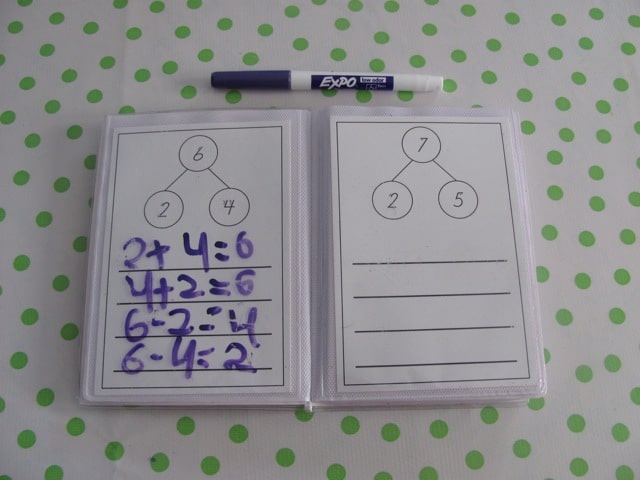 Click below for pdf downloads of addition/subtraction or multiplication/division fact family cards that can be printed, cut apart, and placed into 4×6 plastic photo albums to use for fact practice with a white board marker, as shown in the photo on the right.
Click below for pdf downloads of addition/subtraction or multiplication/division fact family cards that can be printed, cut apart, and placed into 4×6 plastic photo albums to use for fact practice with a white board marker, as shown in the photo on the right.
Addition/Subtraction fact cards
Multiplication/Division fact cards
Level 4
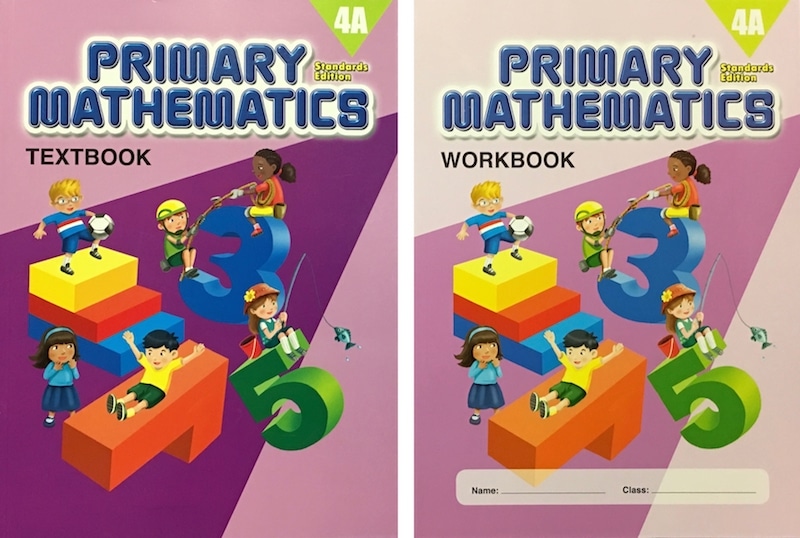 If you read back through the other levels, you will see a common thread running throughout. Memorize those math facts! Most kids at Level 4 still need work in this area, with all four operations (addition, subtraction, multiplication and division). The previous blog post on Levels 1 and 2 and Level 3 above provide suggestions if you need guidance on how to accomplish this. In Level 4, this is our repeated refrain. The challenges posed increase exponentially so having those facts solidly memorized is the number one goal as we begin that book. Take my advice so that it feels like approaching a gentle slope to climb, rather than a giant mountain.
If you read back through the other levels, you will see a common thread running throughout. Memorize those math facts! Most kids at Level 4 still need work in this area, with all four operations (addition, subtraction, multiplication and division). The previous blog post on Levels 1 and 2 and Level 3 above provide suggestions if you need guidance on how to accomplish this. In Level 4, this is our repeated refrain. The challenges posed increase exponentially so having those facts solidly memorized is the number one goal as we begin that book. Take my advice so that it feels like approaching a gentle slope to climb, rather than a giant mountain.
Again, for students who don't quite have all of their facts memorized, employ the strategies mentioned above – use the facts they do know to help solve for the facts they don't fully know yet. (The example of using (6X2) + (6X5) to solve for 6 X 7, or doubling fours to solve for eights.) Remember that even if kids have their facts memorized, playing with numbers in this way gives them a deeper understanding of how numbers work together, and creates easily accessible ways to approach the trickier math facts. We want our students to have multiple strategies so that those pathways are created in the brain, and eventually they are able to figure out how to solve a problem in the way that works best for them. And even in Level 4, don't hesitate to get out those unifix cubes or place value discs to model the problems – this hands-on step helps kids visualize and remember!
Here are some of the topics we will cover in Level 4:
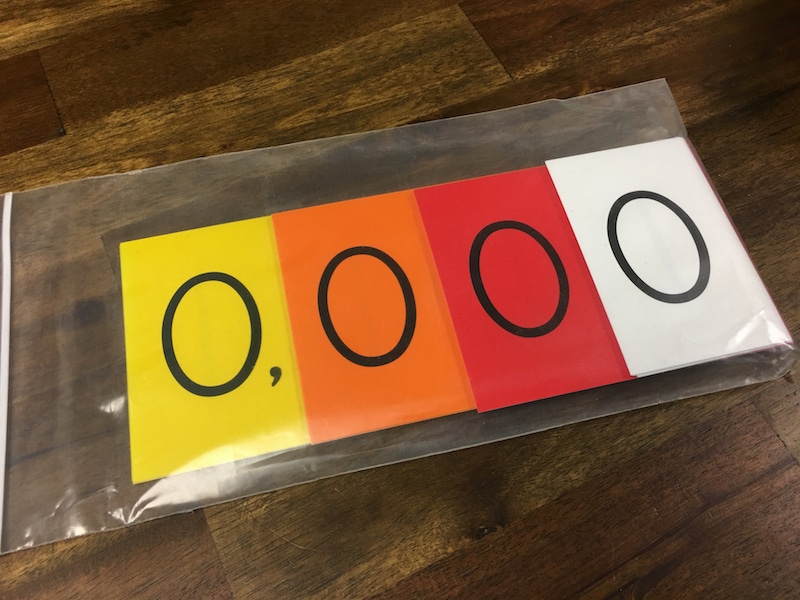 We'll jump right in with large numbers into the millions. If you have Place Value strips, now is the time to pull them out. If not, you may consider making some, or purchasing some for this unit – they are available in the school store. Using the strips, students can slowly build numbers starting in the thousands and progressing upwards. It also helps to build large numbers, say in the millions, and then take them apart and have students identify the value of each strip. It wouldn't be Singapore Math if we didn't then pull in all the other skills we have learned to date, so expect that with the large numbers.
We'll jump right in with large numbers into the millions. If you have Place Value strips, now is the time to pull them out. If not, you may consider making some, or purchasing some for this unit – they are available in the school store. Using the strips, students can slowly build numbers starting in the thousands and progressing upwards. It also helps to build large numbers, say in the millions, and then take them apart and have students identify the value of each strip. It wouldn't be Singapore Math if we didn't then pull in all the other skills we have learned to date, so expect that with the large numbers.
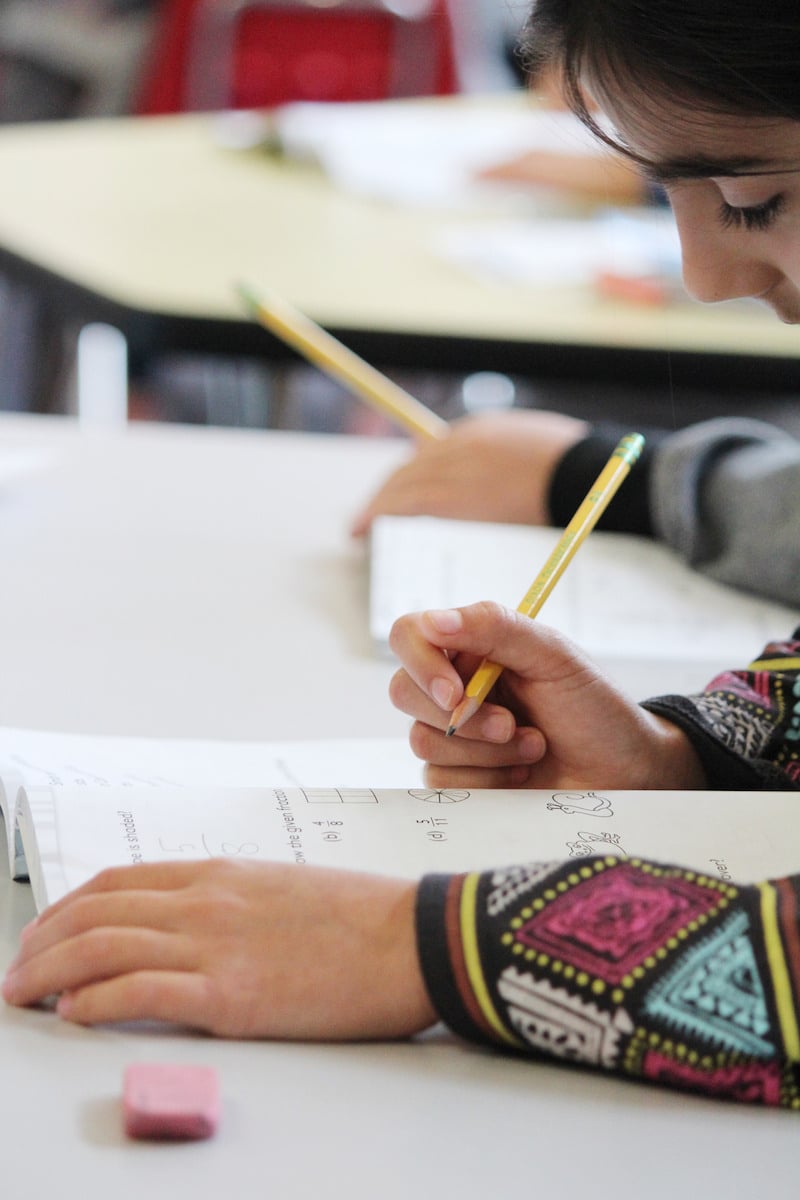 In chapter 3 we learn some trickier concepts and you will find definitions to refresh your memory at the beginning of the chapter. These include factors and multiples, prime numbers and composite numbers. You will see again why students who have their math facts memorized will simply be adding these skills to their tool boxes. Students who struggle with facts will be challenged to understand these new concepts.
In chapter 3 we learn some trickier concepts and you will find definitions to refresh your memory at the beginning of the chapter. These include factors and multiples, prime numbers and composite numbers. You will see again why students who have their math facts memorized will simply be adding these skills to their tool boxes. Students who struggle with facts will be challenged to understand these new concepts.
Some kids will cheer as we come to fractions. We'll explore mixed and improper fractions. We'll multiply and learn how fractions relate to division. As you can hopefully see, I wasn't exaggerating at the start when I went on about those math facts.
As we reach mid-year of our mission, for a bit of fun, we polish off book 4A with Geometry. For some students who have strong spatial skills, this unit will feel like a great adventure. Other students will need those manipulatives to help them touch and see the concepts. Base Ten blocks, Unifix cubes, linking cubes and especially Cuisenaire Rods are all good options.
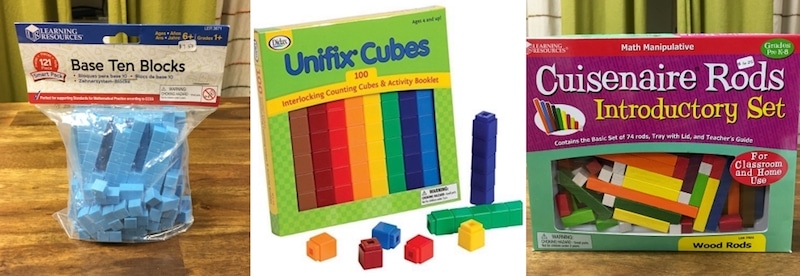
Useful manipulative for Levels 3 and 4: Base Ten blocks, Unifix cubes (or linking cubes), and Cuisenaire Rods
As we move on into the second half of our year in book 4B, students will learn to read and write decimal numbers for tenths, hundredths, and thousandths, and move quickly on to adding, subtracting, multiplying and dividing decimals. The year is rounded out with units on symmetry, coordinate graphs, data analysis, measurement and volume.
One final note. We have seen great improvement in the skills of students who are willing to work slowly, methodically, and thoroughly. These students are learning to catch their mistakes, recognize when multiple steps are required, and employ the many Singapore Math strategies for making computation easier. I highly recommend emphasizing these traits at home. I believe you will see a bit of magic happen if you guide your student in these ways.
As always, please reach out to your math teacher with any questions.
Thank you again, Lisa Ann, as well as Lisa and Ronelle, for these useful tips to help build solid math skills in a fun and engaging way at home. Parents, have you tried any other ideas that work well for your student/s? Please comment below and share your math successes!








